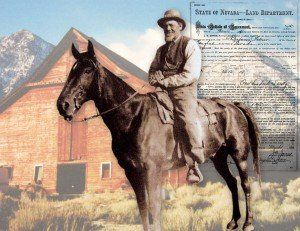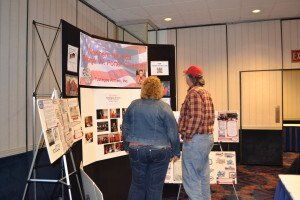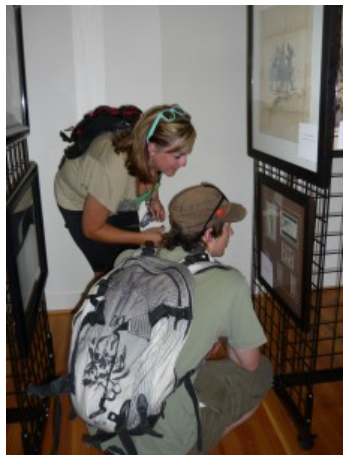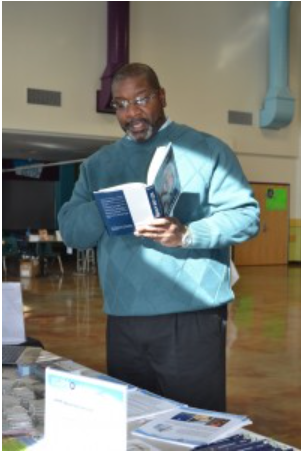
Ben Palmer
Ben Palmer, pioneer 19th Century Nevada Territory rancher, was born in South Carolina sometime around 1817. Little is known about Palmer’s childhood background. Palmer and his sister, Charlotte, who was married to white settler D.H. Barber, were among the first settlers in the Carson Valley near the present city of Reno. Barber and Palmer were emigrants bound for California in the early 1850s. Upon reaching the well-watered Carson Valley, they decided instead to settle and raise cattle that would be sold to other emigrants on the California Trail.
Palmer and his brother-in-law Barber made land claims of 320 acres and 400 acres respectively in 1853. Their claims were side by side on the west side of the Carson Valley. Palmer and Barber made their claims when the region was officially still part of Utah Territory. Its capital, Salt Lake City, was 500 miles east which meant there was virtually no civil authority before they arrived.
Ben Palmer, a single man, claimed the water rights for his homestead. He also sold grazing rights to emigrants who took their livestock through the area and harvested grass to provide feed for those who crossed in early spring or late autumn. Palmer and Barber also constructed ditches and dams to control the water in the area.
Although he could not read or write, by the 1860s, in little more than a decade, Palmer had become one of the most successful ranchers in the area. That year the Territorial Enterprise, a newspaper in Carson City, listed him as one of the largest taxpayers in Douglas County. Eight years later another paper, the Carson Valley News, published a list of the 47 largest taxpayers in the county, those with an assessed valuation of $5,000 or more. Palmer was again listed, this time as the 10th largest taxpayer with assessed real and personal property totaling $17,380. He was included in a ranking that was topped by lumber companies and a railroad. He was also listed ahead of most of the prominent white landholders in Douglas County. Also in 1875 the newspaper reported that Palmer had purchased and driven 1,500 head of cattle from Seattle to his Nevada ranch to replenish his herd. On another occasion Palmer drove 450 head of cattle to pasture in Goose Lake, Oregon. Ben Palmer is also credited with introducing fine horses into the Carson Valley including the Bonner breed.
Despite his prosperity Palmer could not vote until the 15th Amendment to the Constitution was ratified in 1870. Afterwards, however, he was a registered voter between 1876 and 1906. In 1876 and 1878 Palmer was a member of the Douglas County Grand Jury. In 1878 Palmer was on the Douglas County central committee for the Greenback and Workingmen’s Party, joining some of the area’s most prominent residents.
Ben Palmer died at his ranch in 1908. His barn still stands on the property he once owned as a reminder of Palmer’s accomplishments as a rancher in the Carson Valley.
Sources:
Courtesy of Black Past.Org.
Untitled and Unpublished Manuscript by Elmer Rusco, historian at the University of Nevada, Reno; Elmer Rusco, Good Time Coming? Black Nevadans in the Nineteenth Century (Westport, Conn.: Greenwood Press, 1975).
Contributor(s):
Larsen, Julia Henning
University of Washington, Seattle
http://www.blackpast.org/?q=aaw/palmer-ben-c-1817-1908
http://nevada-history.org/nevada_timeline.html
Powered by Ez2dowebsites.com




